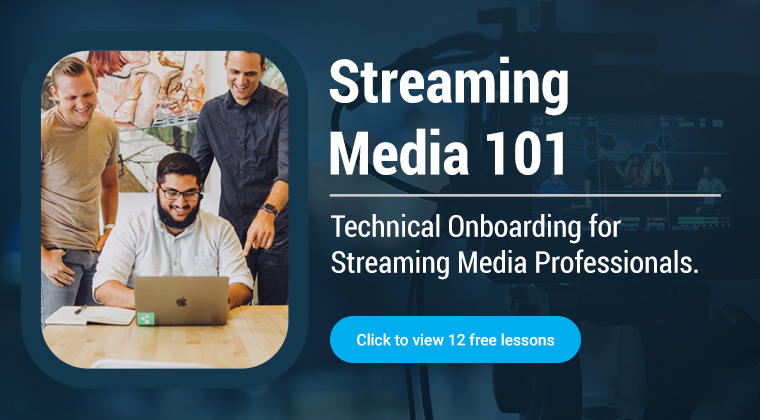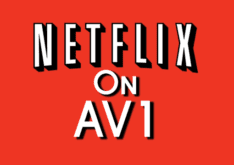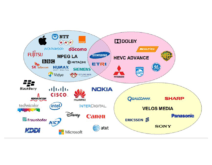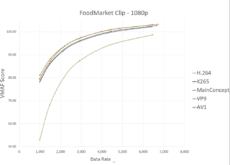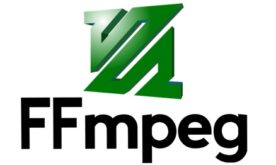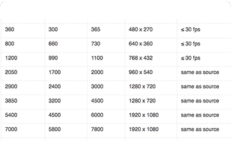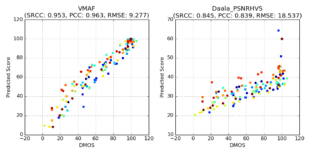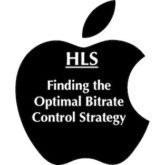A short one. Before my trip to Stockholm last week, I sent a list of questions regarding AV1 to David Ronca, Director of Encoding Technologies at Netflix. As a company, Netflix has been very open and gracious about sharing their opinions and test results, both in their excellent blog posts and in many articles in many publications. Netflix’s scale and encoding …
Read More »HEVC IP Owners Are Snatching Defeat from the Jaws of Victory
Just back from ten days in Europe where I spoke at Streaming Tech Sweden and met with many streaming producers and encoding vendors. In particular, the vendors expressed dismay at the slow adoption of HEVC, particularly in view of Apple’s decision to include HEVC in HLS. Now that we’ve confirmed that battery life won’t be an issue, adding HEVC to HLS seems like …
Read More »AV1 No Shows At Streaming Media West; Better in Stockholm?
I’ve been bullish on AV1 since the start, but I’m starting to think the codec is both farther away and less useful than I initially thought. Here’s what’s happening. For Streaming Media East in June 2017, an AV1 member encoded four videos, totaling about 8.5 minutes, to five data rates each for 720p, 1080p, and 4K, and the output quality …
Read More »Download Per-Title Encoding Handout
Here’s the description: download handout below: Per-title encoding techniques customize the encoding ladder to match the encoding complexity of the source, saving bandwidth on easy-to-compress videos and ensuring the quality of more complex footage. This session compares the efficiency, implementation issues, and costs of multiple commercially available and open-source alternatives, like Capella Systems Cambria Encoder, compression optimization from multiple vendors, …
Read More »D103 – HOW TO: Building a More Robust Cloud Encoder With FFMPEG & More
Here’s the video and description; download handout below. With the speed of technology today, one of the most important parts of the software is adaptability. By taking control of your own encoding and packaging, you can greatly reduce cost and maintain high adaptability and agility to meet your needs now and in the future. When working with cloud encoding, there …
Read More »W4: Encoding Live and VOD for HEVC/HLS
Here’s the description; you can download the handout below. Apple’s support for HEVC in HLS is a ground-breaking event that opens up hundreds of millions of HEVC capable players. If supporting this spec is on your short-term development schedule, you’ll want to check out this workshop. The workshop starts by reviewing the new spec and sharing playback details, like how …
Read More »W2: Encoding 2017: Codecs & Packaging for PCs, Mobile, & OTT/STB/Smart TVs
My first session at Streaming Media West. Here’s the description, you can download the handout below. As video resolutions increase and target playback platforms multiply, video producers must leave their H.264/HLS/HDS comfort zone and expand into HEVC, VP9, and MPEG-DASH. This workshop is divided into multiple segments by target platform to teach you the applicable standards and best strategies for …
Read More »Apple Updates HLS Authoring Spec for 4K and HDR
HLS just got really complicated. On September 9, 2017, Apple updated their HLS authoring requirements to include HDR and 4K recommendations. The updated ladder is shown below. Here are some of the new/updated requirements for HEVC and HDR. There are more in the spec, but these are the ones I wanted to comment on. 1.6. Profile, Level, and Tier for HEVC MUST …
Read More »Finding the Just Noticeable Difference with Netflix VMAF
VMAF stands for Video Multimethod Assessment Fusion, but all you really need to know is that it’s the video quality metric co-invented by Netflix to replace the Peak Signal to Noise Ratio (PSNR) that used to fuel the company’s per-title encoding function. In the image above, which is courtesy of Netflix, you see how VMAF scores on the left more closely match …
Read More »Apple’s Bitrate Control Strategy: Do as I Do, Not as I Say
Apple’s HLS Authoring Specifications for Apple Devices approves up to 200% constrained VBR but Apple’s actual encodes are more like 110-120% constrained. What Apple Says As you probably know, Apple recently made sweeping changes to their HLS recommendations, including changing from 110% constrained VBR for VOD in TN2224, to 200% constrained VBR in the HLS Authoring Specifications for Apple Devices …
Read More » Streaming Learning Center Where Streaming Professionals Learn to Excel
Streaming Learning Center Where Streaming Professionals Learn to Excel

